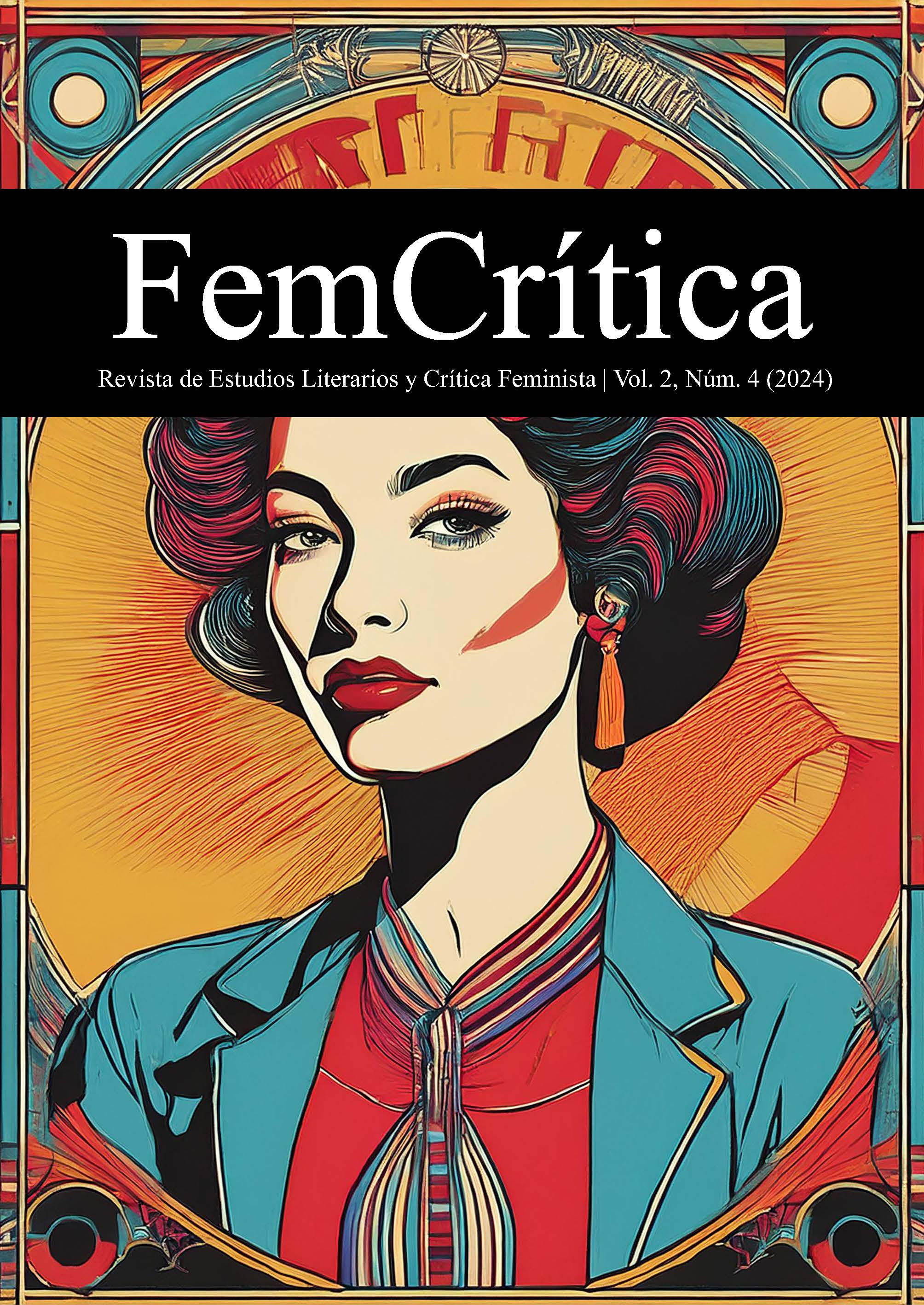Trans-Forming Bodies: Trangender and Transhumanism in Jeanette Winterson's Frankissstein
Parole chiave:
Jeanette Winterson, Frankissstein, transhumanism, trans*, English contemporary literatureAbstract
In Jeanette Winteron’s novel Frankissstein (2019), she discusses technological advances and the ethical boundaries in those, but she also uses technology to give gender a new dimension. Thus, she presents a transgender character, Ry, who is non-binary; Ry was born female, has a male appearance, got a mastectomy, and kept the female genitals, but most importantly, is comfortable with the doubleness in his body. Furthermore, in the novel Winterson links the trans* body with transhumanism. Despite presenting only one of the multiple realities of the transgender being —given that every experience is unique and, thus, it would be impossible to do so—, and referring mostly to the physical aspects of the transgender reality, Jeanette Winterson presents a character that represents the trans* part of the LGBTQ+ community, which had only been briefly mentioned in her previous novels. Through Winterson’s narrative in Frankissstein, this article will aim at analysing her view of the trans* reality in a contemporary setting through the lens of transgender academic studies in order to put Winterson’s thought in context.
Downloads
Riferimenti bibliografici
Alcaraz, A. Ł. (2019). Cyborgs’ Perception, Cognition, Society, Environment, and Ethics: Interview with Neil Harbisson and Moon Ribas, 14 October 2016, Ace Hotel, New York City. Journal of Posthuman Studies, vol. 3 (1), pp. 60-73.
Bostrom, N. (2003). Transhumanist Values. In F. Adams. (Ed.), Ethical Issues for the 21st Century,. Philosophical Documentation Center Press, pp. 3-14.
Braidotti, R. (2002). Metamorphoses: Towards a Materialist Theory of Becoming. Polity Press.
Braidotti, R. (2018) The Posthuman. Polity Press.
Braidotti, R. (2020) Posthuman Knowledge. Polity Press.
Butler, J. (1993). Bodies That Matter: On the Discursive Limits of Sex. Routledge.
Crawford, L. C. (2010). Breaking Ground on a Theory of Transgender Architecture. Seattle Journal for Social Justice, vol. 8 (2), pp. 515–39. Available at digitalcommons.law.seattleu.edu/sjsj/vol8/iss2/5/.
Latham, J. R. (2016). Trans Men’s Sexual Narrative-Practices: Introducing STS to Trans and Sexuality Studies. Sexualities, vol. 19 (3), pp. 347–68.
Halberstam, J. (2018). Trans*. University of California Press.
Haraway, D. J. (1991). Simians, Cyborgs, and Women. The Reinvention of Nature. Free Association Books.
Harbisson, N. (2008). Painting by Ear. Modern painters, vol. 20 (5), pp. 70-73.
Huxley, J. (1957). New Bottles for New Wine. Chatto and Windus.
Winterson, J. (2000). The PowerBook. Vintage.
Winterson, J. (2007). The Stone Gods. Hamish Hamilton.
Winterson, J. (2012) Why Be Happy When You Could Be Normal?. Vintage.
Winterson, J. (2014). Art & Lies. Vintage.
Winterson, J. (2019). Frankissstein. Vintage.
Winterson, J. (2021). 12 Bytes. Jonathan Cape.
Whitman, W. (1976). Leaves of Grass. Penguin Books.

##submission.downloads##
Pubblicato
Come citare
Fascicolo
Sezione
Licenza
Copyright (c) 2025 Clàudia Martori Ribalta

Questo lavoro è fornito con la licenza Creative Commons Attribuzione - Non commerciale - Non opere derivate 4.0 Internazionale.





